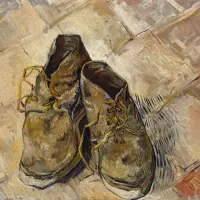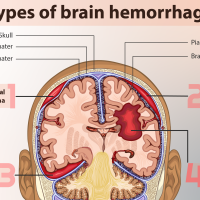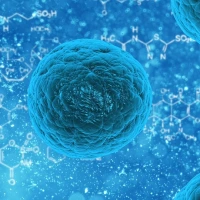From Robert Hooke and his Micrographia cork cells to Watson’s and Crick’s DNA structure, renowned scientists from around the world have shaped the history of today’s microbiology. Hop on board to travel back in time to discover several famous biologists.
Time travelling all the way back to the mid 1600’s, let’s check out Robert Hooke and Anton van Leeuwenhoek, Father of Microbiology!
*****
Robert Hooke (1635-1703)

Robert Hooke was a British natural philosopher and physicist and was Isaac Newton’s contemporary rival. In 1665, Hooke published Micrographia, a book that featured his original observations from the microscope. In Micorgraphia, his notable observations include describing munte structures in cork as “cells” and noting detailed structures of “moulds.”

Fun Fact: Robert Hooke called the small individual structures in cork “cells” because they physically looked like prison cells to him.


Summary of Robert Hooke:
- Published Micrographia book on microscopy observations
- Famous for naming tiny structures in cork as “Cells”
- Described structures of mold and other small organismsExtra: Hooke’s Law on physics (After all, he is Isaac Newton’s sworn rival of the century!)
*****
Antonie van Leeuwenhoek (1632-1723)

A humble Dutch fabric merchant, Anton van Leeuwenhoek originally used hand lenses to examine the quality of cloth. van Leeuwenhoek was highly educated and very good at mathematics, and people around town respected him as their town’s chamberlain and surveyor. In the world of microbiology, Anton’s most famous achievement was that he used a single lens microscope to examine what seemed to be “everything.”
“Everything” is a misconception, as he actually did not discover all types of cells and organisms. Most notably, Anton van Leeuwenhoek discovered protists/protozoa and bacteria which he named famously as “animalcules.” van Leeuwenhoek was also known to be very curious about his own body cells. He pricked his fingers to observe red blood cells, swabbed his teeth and dental plaque to discover more animalcules, even checked out the spermatozoa down there, and discovered bacteria such as Giardia in his own feces!


Anton van Leeuwenhoek excitedly sent his findings in letters to the Royal Society of London. Today, his collection of letters from the late 1600s are called Arcana Naturae Detecta. Because Anton never detailed how he visualized the tiny organisms, it has been debated that he probably used a darkfield contrast effect with the lens.
Fun Fact: Anton van Leeuwenhoek discovered bacteria like Giardia by observing his own feces!
Summary of Anton van Leeuwenhoek:
- Discovered red blood cells and spermatozoa
- Discovered protists/protozoa
- Discovered bacteria like Giardia
- Did NOT discover fungi and plant cells, but rather observed them
- Did NOT invent the microscope

Works Cited
- UCMP UC Berkeley: Antony van Leeuwenhoek
- BBC History: Antonie van Leeuwenhoek
- Nature Milestones: Invention of the microscope
- Hooke, Robert. Micrographia: or Some Physiological Descriptions of Minute Bodies, Made by Magnifying Glasses with Observations and Inquiries Thereupon (1665)
- Brock Biology of Microorganisms, 14th Edition: Chapter 1















Very informative!
LikeLiked by 1 person
Thanks Grahm! We’re glad you enjoyed it.
LikeLiked by 1 person
This is awesome! Love the post! ❤️
LikeLiked by 1 person
Thank you so much! ❤
LikeLike
Helpful post! I like the funny comic too “I am your father.”
LikeLiked by 2 people
Thank you, Percy! 🙂 It’s great to hear that you had fun learning!
LikeLike
Wow, looks like both Robert and Anton are going out in style with those shades!! 😉 Haha
LikeLiked by 1 person
Rock on! 🙂
LikeLike
Great article! Thanks for sharing
LikeLiked by 1 person
Thank you Max! Thanks for learning with us!
LikeLike